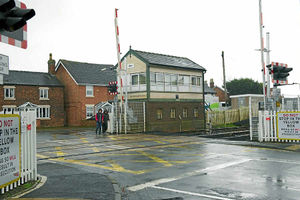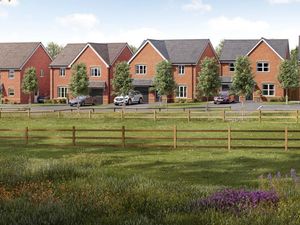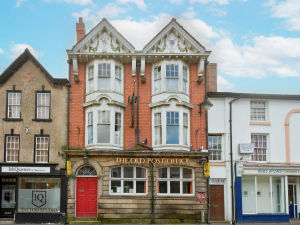Is it the end of the line for these Shropshire signal boxes?
Plans to demolish three historic railway signal boxes have met with a mixed reaction.



Some people would like the buildings in Wem, Prees, near Whitchurch, and Harlescott, in Shrewsbury, to be given new uses.
But Network Rail, which is behind the plans, today said it can't always refurbish signal bosses because of safety and operational reasons.
Pauline Dee, Shropshire Councillor for Wem, has previously suggested turning the town's signal box into a museum or tea room.
"It seems a shame to lose an historic building. I would feel quite sad to see the building taken down," she said.
"Someone from Wem sent me an email saying he wanted to do something with it.
"We have asked Shropshire Council if it could be listed, but it said it was not viable to do so.
"If people are concerned, they should contact Network Rail."
John Patrick, Prees resident and former parish councillor, said: "I have two views – it's an historic box which has been here all my life.
"But on the other hand who is going to retain it? I would presume Network Rail won't, so it would mean having to look to a local body to do so."
Dr Robin Short, chairman of the Prees Historical Society, said the group had no interest in taking over the signal box.
"To make them into another function would be very difficult because they are full of levers and other equipment," he added.
Vernon Bushell, Shropshire councillor for Harlescott, did not wish to comment until he had chance to look into the matter further.
Kate Snowden, a Network Rail spokeswoman, said: "Closing the smaller and older signal boxes is part of a national multi-million pound modernisation programme to ultimately control signal trains from 12 large 21st century signalling centres across the country."
Ms Snowden added: "We understand that people feel they have a connection with the older signal boxes that have been around in their towns for many years, but for safety and operational reasons we can't always refurbish them for public use.
"In these instances to protect them from vandalism and to ensure we don't have to spend public money maintaining buildings that no longer have any use, rather than on the large sections of railway that do, we take the decision to remove them."




